Somehow we find choosing a rug to be the hardest part of designing a room. Pattern or solid? Dark or light? And my own pitfall: choosing the right size. (The last time I bought a rug, I tried to economize and chose one just slightly too small for my space; it floated awkwardly at the end of my bed.) So we asked Luke Irwin, the UK-based rug designer to the stars (he’s created rugs for Kate Middleton and the Obamas) for his tips, from what textures to use where to how to position a new rug. His cardinal rule? “Do not scrimp on size or it will look ridiculous and out of proportion—you would not buy a dress that was four sizes too small for you.” Lesson learned. Here are more rules of thumb.

1. Whenever possible, buy the rug first.
“There are two key components of styling a rug: color and size. You can tell very quickly if you like a design or a pattern, so that is the easy bit. Be sure that the colors work for the room. That is why you should always begin with the rug. Cushions, fabric and accessories are very easy to find which go with the rug, rather than the other way around.”
2. Don’t skimp.
“Never ever make the false economy of making a rug smaller than you need: what might save you a couple of hundred dollars will drive you crazy for the rest of the time you have that rug. A very easy way to judge what is your ideal size is to lay out newspaper to what you feel is your perfect dimension and then measure that. Alternatively you can do this with tape.”

3. Err on the side of subtlety.
“If you are totally refurbishing a room, start with the rug and build the room from the ground up in terms of colors and fabrics etc. If you are looking to refresh a room with a new rug take a balanced view of what the general palette of that room is and choose your rug color accordingly. I would strongly recommend that you do not use strong colors in your rug unless you are 100 percent sure of what you are doing—it is far easier and cheaper to use fuchsia pinks and canary yellows in cushions and change them if you tire of the strength.”

4. Know your rhythm and flow.
“Essentially there are two types of rug: rhythm (pattern) and flow (abstract). You need to have a clear idea whether the room you are putting the rug needs the structure of pattern or whether you would like it to be more understated and have an abstract design. Pattern obviously gives room structure and balance but this can be overpowering if the colors are too contrasting. Rugs in a room are always subliminal, you notice them out of the corner of your eye but it immediately sends a message. I like juxtaposition, so putting the regularity of Ikat in an informal setting and mosaics in a more formal one. Equally, mosaics work wonderfully under dining tables.”
5. Position properly.
“In a large space a rug can create a room within the room by clearly delineating an area. It provides focus to a particular area. As a rule of thumb, the front legs of furniture should sit on the rug, and the rug should go about fifty percent of the way under a sofa etc. However, I always feel that this can look slightly truncated and make the furniture look like it is cut in half. I prefer, and this is only my preference, for the furniture to sit entirely on a rug.”

6. Use rugs to structure the room.
“I like to use octagonal rugs in a hall under a round hall table. It gives you the sense of directional flow and movement (which is essentially what a hall is) but also gives you an angular feel which somehow to me works better than a round rug.”
7. When in doubt, choose wool.
“I would generally use a cashmere rug in a bedroom, wool and silk in a drawing room, and wool everywhere else. This is not a hard-and-fast rule—basically wherever the design works best, and that design may be dictated by how it is made in order to get the best design result. For instance, our Mosaic collection is predominantly silk but there has to be wool in it, which is then oxidized to create the mosaic effect. These rugs can used in any room.”

8. Sometimes, forgo rugs.
Is there anyplace that Irwin advises going without? “Kitchens and bathrooms,” he says.
We’re longtime fans of Irwin’s; see some of our original posts at New from Luke Irwin: Rugs Inspired by Roman Ruins and Magic Carpet Ride: Luke Irwin for Anthropologie, and check out his new collaboration with Williams Sonoma. For much more on sourcing a rug, consult his Buyer’s Guide.
And for more on the how-tos of room design, see:
- Expert Advice: 11 Tips for Making a Room Look Bigger
- Expert Advice: 12 Tips for Making a Small Bedroom Look Bigger
- Expert Advice: 9 Hard-Wearing Natural Material Recommendations from a Hotelier
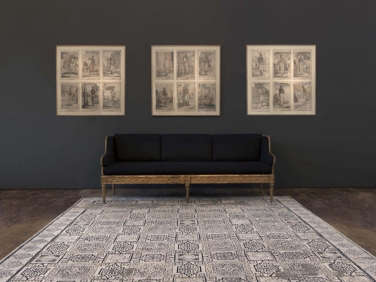
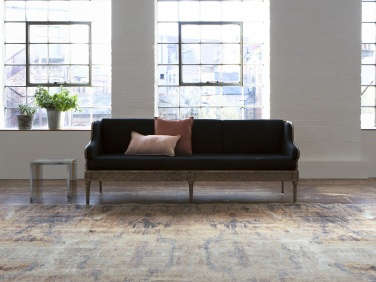
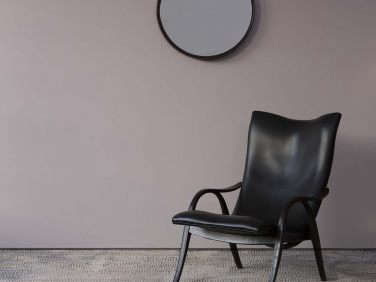
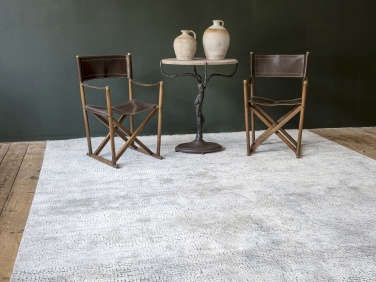


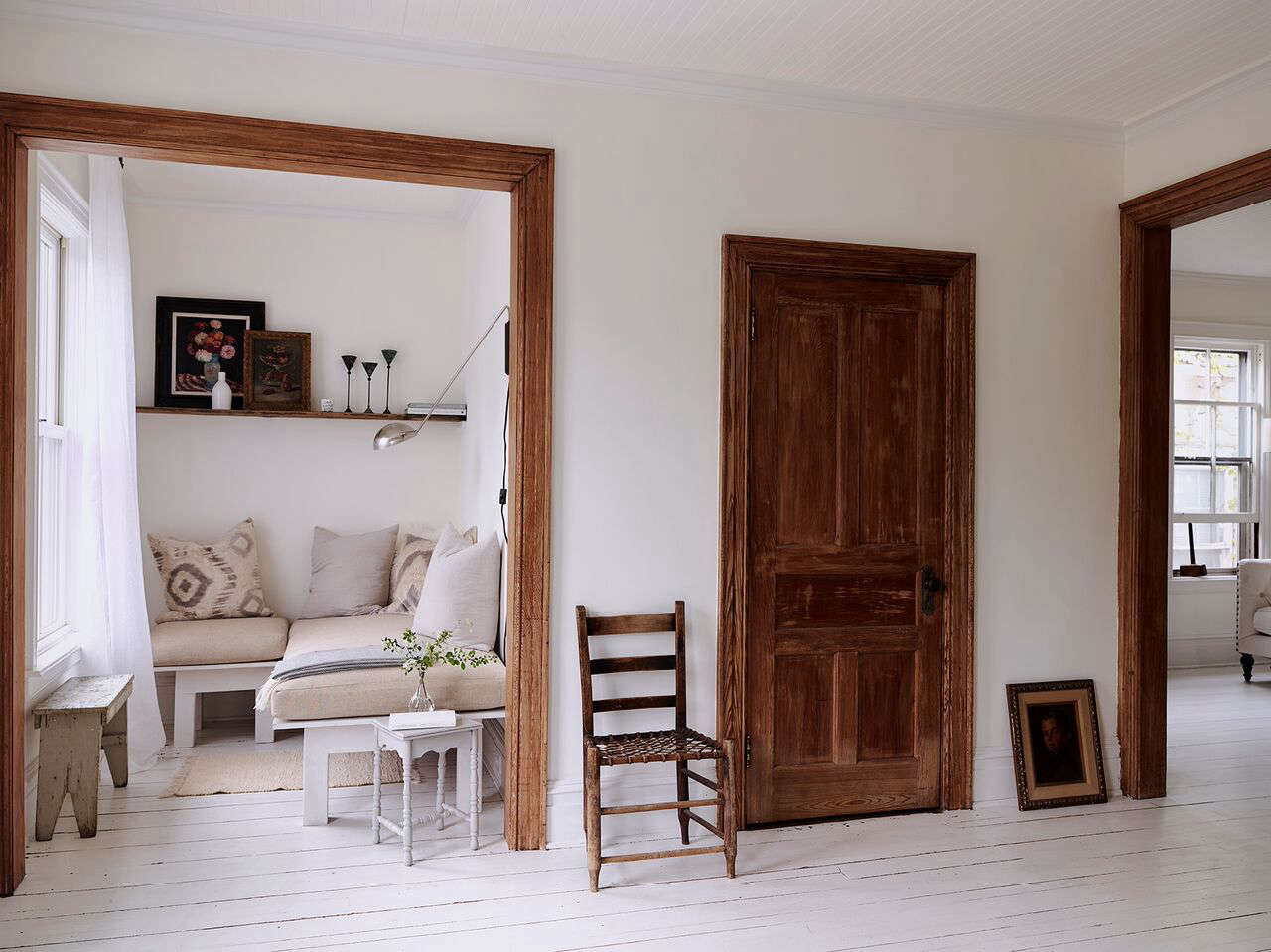

Have a Question or Comment About This Post?
Join the conversation (0)